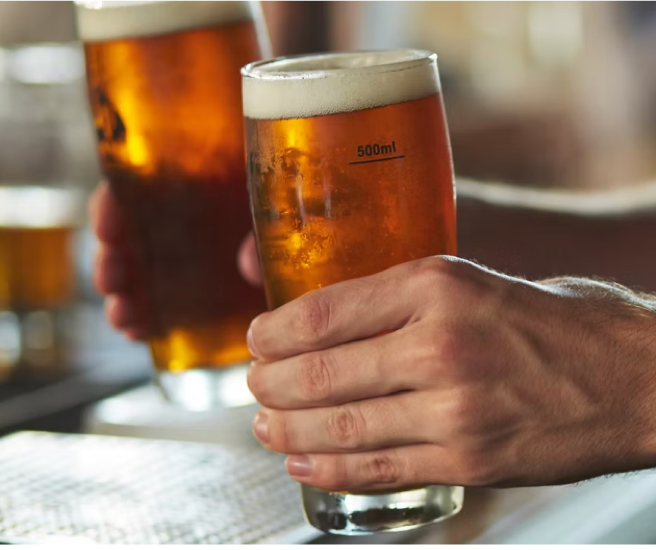Choosing the Proper Beer Gas Blend
- simcoegases
- Aug 28
- 3 min read

Beer Gas vs. Light Beer Gas vs. CO2: How to Choose Gas for Your Draft System
Selecting the correct Beer gas is a crucial step in ensuring that the beer you are serving from your draft system pours, tastes, and looks it’s best. Whether you run a bar, brewery, or have a home kegerator, understanding the key differences between these gases will help you serve the perfect pint every time. To be sure, call Simcoe Gases and speak with one of our qualified experts who can evaluate your draft system and the types of beers being poured, and suggest the proper blend(s) for your needs.
Why use Beer gas? / What does Beer gas do?
All Beer gas is a blend of Nitrogen and Carbon Dioxide. Beer gas is used to maintain a headspace in the beer keg similar to the original, when the beer was kegged.
As the amount of beer in a keg lessens, using Beer gas of a proper blend and at a calculated pressure for the type of beer and your own beer system, allows a perfect pour every time. Brewery quality draft. Less waste. Higher profit.
So, what are the main gas types?
Stout Beer Gas (70% Nitrogen / 30% CO2)
Most commonly used for nitrogenated beers and long-draw draft systems.
Best for Guinness, Kilkenny, nitro stouts, or any other drink that is brewed with a creamy texture.
Due to nitrogen being less soluble in liquid than CO2, you get smaller bubbles, a creamier mouthfeel, and stable head retention from this gas mixture.
This Beergas blend is often used for all beer on a smaller draft systems using a single regulator, but will be less effective in carbonating most domestic beers, and your beer may go flat over time, depending on keg turnover rates.
Light Beer Gas (70% CO2 / 30% Nitrogen)
Sometimes used for very light beers on long-draw draft systems
Light beer gas helps prevent over-carbonation while maintaining CO2 to preserve the natural fizz of the beer.
Other Beergas Blends Used for Common Domestic Brews and Typical Beer Systems
Based on your particular draft system, length of draw, brands being poured, etc., specific keg pressures and Beergas blends will be appropriate.
55% N2 or 45% N2 are two of the more common mixes used in Ontario.
100% CO2 (Carbon Dioxide)
Most commonly used for short draw (kegerator) draft systems, and pop systems!
Over-carbonation can occur if the pressure is not properly regulated, and CO2 is not a suitable option for draft systems with long lines.
Best for ales and lagers, as well as most beers that don’t require long lines. Cannot be used for “nitrogenized” beverages, such as Guinness, Kilkenny, Murphy’s etc.
CO2 maintains high carbonation, pouring beer with the intended mouthfeel.
On-Site Beer Gas Blending
Simcoe Gases offers state-of-the-art, cost-effective, on-premise CO2/N2 blending systems. Using a Nitrogen generator or cylinders with CO2 cylinders or Mini-Bulk liquid CO2, can save you money & time, offer greater convenience and provide perfect blends for your needs. Ask us for more details and an analysis of your requirements.
Now that you understand the key differences between these gas blends, here are some extra tips to keep in your back pocket!
Check your regulator pressures regularly, if you are experiencing too much foam or flat pours, it may be due to your pressures. Your draft system may require pressure adjustments based on the beer style and length of your draft lines.
Don’t try to balance the system yourself. Consult your professional.
Have your lines cleaned at least every 4-6 weeks, if your lines are dirty, the gas is the least of your worries!
Picking the right gas is critical in keeping your beer pouring smoothly! Still have questions? Our team at Simcoe Gases has all the answers, and we are ready to help you pour the perfect pint every time.




Comments